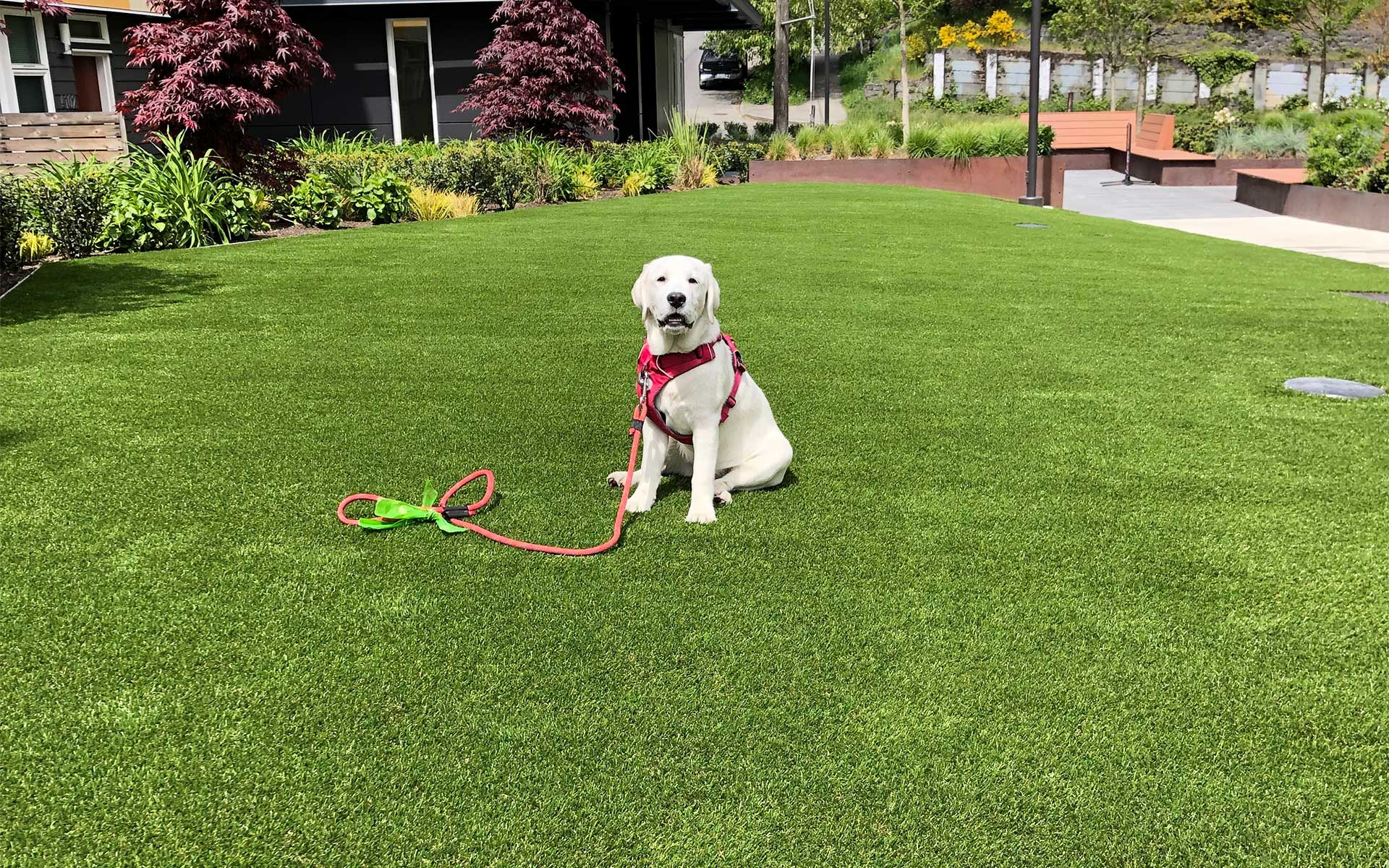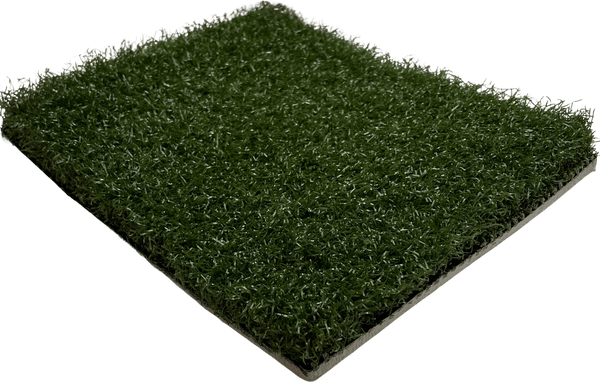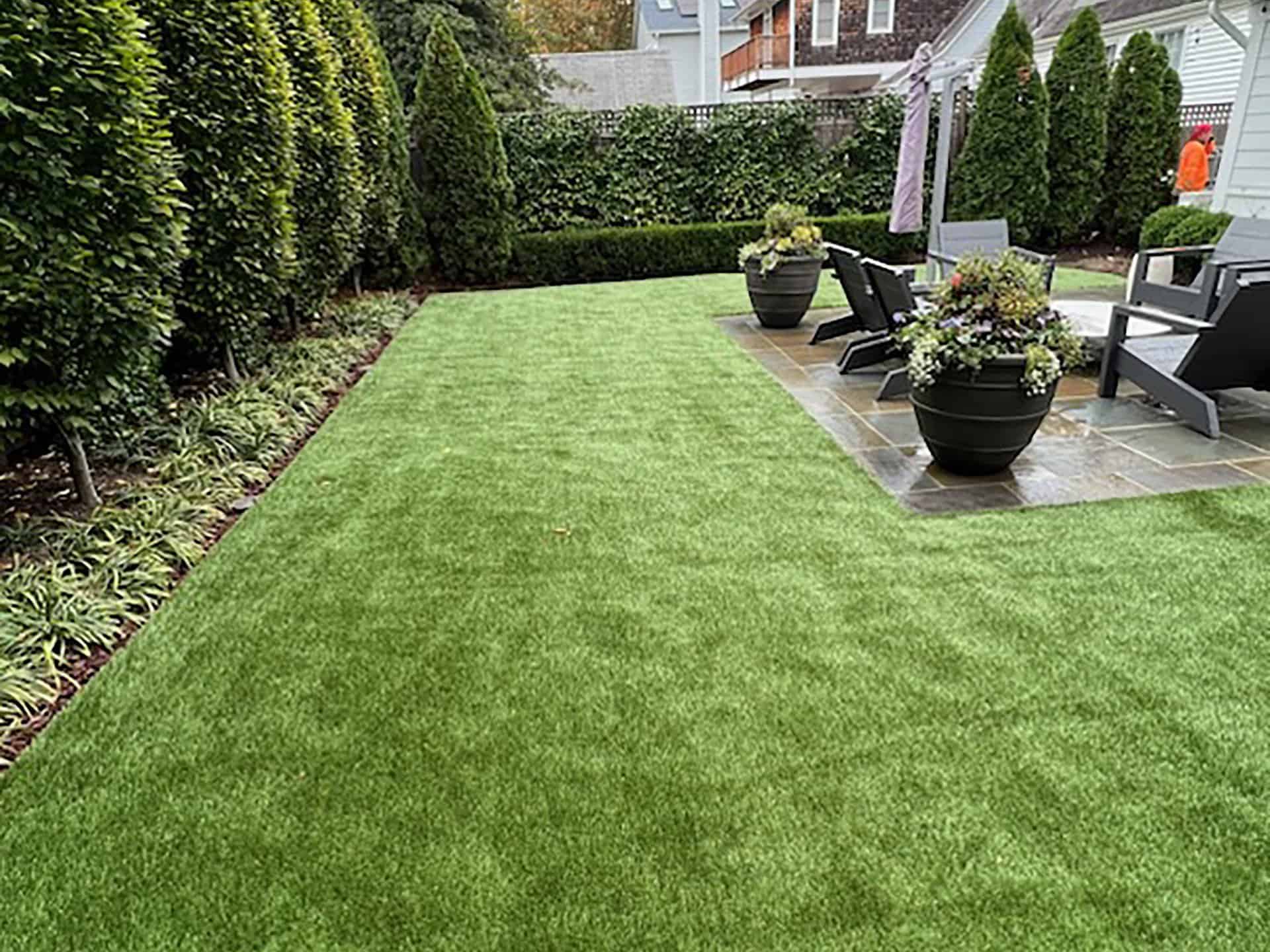Sustainable Arizona Artificial Turf for a Year-Round Lush Green Lawn
Sustainable Arizona Artificial Turf for a Year-Round Lush Green Lawn
Blog Article
Delve Into the Environmental Perks of Opting for Artificial Grass Solutions
The fostering of fabricated lawn options provides a compelling chance to attend to pushing ecological difficulties. By significantly reducing water use and lessening the application of damaging chemicals, these options not only promote lasting landscaping but also shield local ecosystems. The lower carbon impact associated with reduced upkeep activities adds to a much more sustainable approach to land administration. Nevertheless, the ramifications of these benefits extend beyond plain conservation efforts, elevating inquiries concerning their long-lasting influence on environment conservation and total eco-friendly equilibrium. Discovering these measurements exposes a complex interplay worth thinking about.
Water Conservation Conveniences
One of the most considerable benefits of fabricated grass is its capacity to preserve water. In contrast, fabricated lawn does not need watering, significantly reducing the overall demand for water resources.
By removing the need for normal watering, synthetic grass adds to sustainable landscape techniques and helps alleviate the ecological impact of excessive water intake. In addition, the preservation of water reaches the decrease of drainage, which can lead to dirt disintegration and river air pollution.
Furthermore, the setup of artificial lawn enables house owners and communities to allot water resources a lot more effectively, focusing on vital usages such as drinking water and farming. The shift in the direction of fabricated grass not only advertises liable water usage yet additionally lines up with broader environmental objectives focused on maintaining natural sources.
As neighborhoods progressively focus on sustainability, the water conservation advantages of fabricated lawn present an engaging situation for its fostering in business and property landscape design jobs.
Minimized Chemical Usage
The transition to synthetic grass significantly decreases the reliance on chemical treatments frequently used in natural lawn upkeep. Traditional grass administration commonly involves the application of herbicides, plant foods, and pesticides to advertise growth and control pests. These chemicals can position dangers to human wellness, local wild animals, and the environment, adding to soil and water contamination.
On the other hand, synthetic grass eliminates the demand for these damaging substances. As soon as installed, it needs very little maintenance, largely including regular cleansing and occasional infill replenishment. This reduction in chemical use not only profits the prompt setting but also adds to more comprehensive ecological security. By decreasing the launch of artificial compounds into the community, synthetic grass promotes much healthier dirt and water systems.
In addition, the absence of chemical overflow associated with synthetic grass installments aids safeguard regional waterways from pollution, sustaining marine life and maintaining biodiversity. Arizona artificial turf. As communities progressively focus on sustainable practices, opting for fabricated turf offers a practical remedy that straightens with environmental preservation goals. Through this change, residential or commercial property proprietors can delight in rich green rooms without endangering eco-friendly wellness, leading the way for an extra sustainable future
Reduced Carbon Footprint

Furthermore, the installment of man-made turf can result in considerable water conservation. All-natural lawns need considerable amounts of water for irrigation, which not just contributes to the carbon footprint connected with water extraction and treatment yet additionally strains regional water sources. In contrast, synthetic grass requires marginal upkeep, calling for no watering, therefore dramatically decreasing water usage and its associated energy prices.
Furthermore, the durability of synthetic grass adds to its lower carbon impact. With a life expectancy of approximately 15 years or more, the demand for constant substitutes is diminished, causing much less waste and reduced power usage in production and disposing of typical grass choices. Generally, synthetic grass provides a lasting alternative for view it environmentally aware landscaping.
Environment Conservation
Habitat conservation is an important consideration in the debate over landscape design options, specifically when contrasting synthetic turf to all-natural turf. All-natural yard lawns usually need comprehensive upkeep, including making use of fertilizers, herbicides, and chemicals, which can negatively influence neighborhood ecosystems. These chemicals can leach into the soil and rivers, hurting indigenous plants and animals and interfering with neighborhood habitats.
Man-made turf gets rid of the demand for damaging chemicals, consequently protecting close-by wild animals and maintaining the stability of surrounding ecological communities. The installment of artificial grass can lead to the conversion of previous yard locations into even more biodiverse landscapes, such as pollinator yards or native plant locations, which can support local wildlife.
Eventually, the change to fabricated turf not just conserves water and reduces upkeep efforts however likewise promotes a more unified connection between human tasks and the natural setting, promoting environment preservation while doing so.
Long-Term Sustainability
Long-lasting sustainability is a crucial consider evaluating the benefits of synthetic grass over traditional turf yards. Among one of the most substantial advantages of synthetic grass is its sturdiness; it can last up to 15-20 years with minimal upkeep, whereas natural grass needs regular reseeding and replacement. This long life minimizes the demand for consistent sources, such as water, plant foods, and chemicals, which are essential for maintaining a healthy yard lawn.
In addition, synthetic grass adds to a decrease in carbon discharges related to grass treatment tools. Typical lawns typically call for gas-powered lawn mowers, trimmers, and blowers, every one of which click here for more add to air pollution. Artificial turf companies phoenix. On the other hand, synthetic turf removes the requirement for such tools, advertising a cleaner environment
In addition, the production of fabricated lawn significantly utilizes recycled materials, enhancing its sustainability account. As producers embrace green methods, the ecological footprint of fabricated grass remains to diminish.

Final Thought
The adoption of artificial lawn options presents considerable ecological advantages, consisting of significant water preservation, decreased dependence on damaging chemicals, and a lower carbon impact. Synthetic grass aids in protecting natural environments by lessening land disturbance and advertising long-term sustainability with the use of resilient products. Collectively, these elements highlight the potential of artificial turf to contribute positively to ecological health and use a practical alternative to typical landscaping practices in a progressively resource-conscious world.
In contrast, artificial grass does not need watering, substantially minimizing the overall need for water resources. By minimizing the release of synthetic compounds into the community, synthetic lawn advertises healthier soil and water systems.
Moreover, the installation of synthetic grass can result in considerable water conservation. In contrast, artificial lawn requires very little upkeep, requiring no watering, consequently substantially minimizing water usage and its linked energy prices.

Report this page